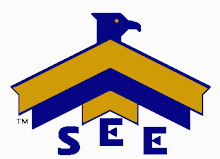An excellent resource in innovation and improvement is the use of Object Oriented Innovation. OOI is a very simple approach that yields the highest success in innovation and creativity.
The starting point of OOI is to define the end point. What is the desired outcome? What is the product or process that you need to achieve? What is the end game? Equally important as defining the ending point in which you want to achieve is insuring that the end point has value and is valued by the organization. You must connect the end product or process to the core values and mission of the organization. If it fits, you keep going. If it does not fit, you have to look to see if it should be eliminated, discontinued or repackaged in such a way that it will fit.
Without deference to how it is done now or who is involved now, the next phase of OOI is to determine how the end point is achieved. Identify the needed steps to deliver the product, service or project. Again, the challenging point in this step is to ignore how it is currently being done or how it was done before and concentrate on how it needs to be done. The step must include identifying resources needed, labor and time, regulations, laws and other requirements.
Since no leader works in a vacuum, the next step in OOI is to identify the areas of impact. What other departments will have to change the way they do things? Is there an impact on customers and end users? Are there organizational considerations and the egos of other leaders that may be in play? What is the human resource impacts such as changed hours or more or less people? What are the financial considerations? The effective innovation leader must now reconcile these realities without overly compromising the desired outcome and make some good judgments and decisions about the next course of action.
The final OOI step involves converting the identified process steps to action and delivering the desired outcome.
Subscribe to:
Post Comments (Atom)






No comments:
Post a Comment